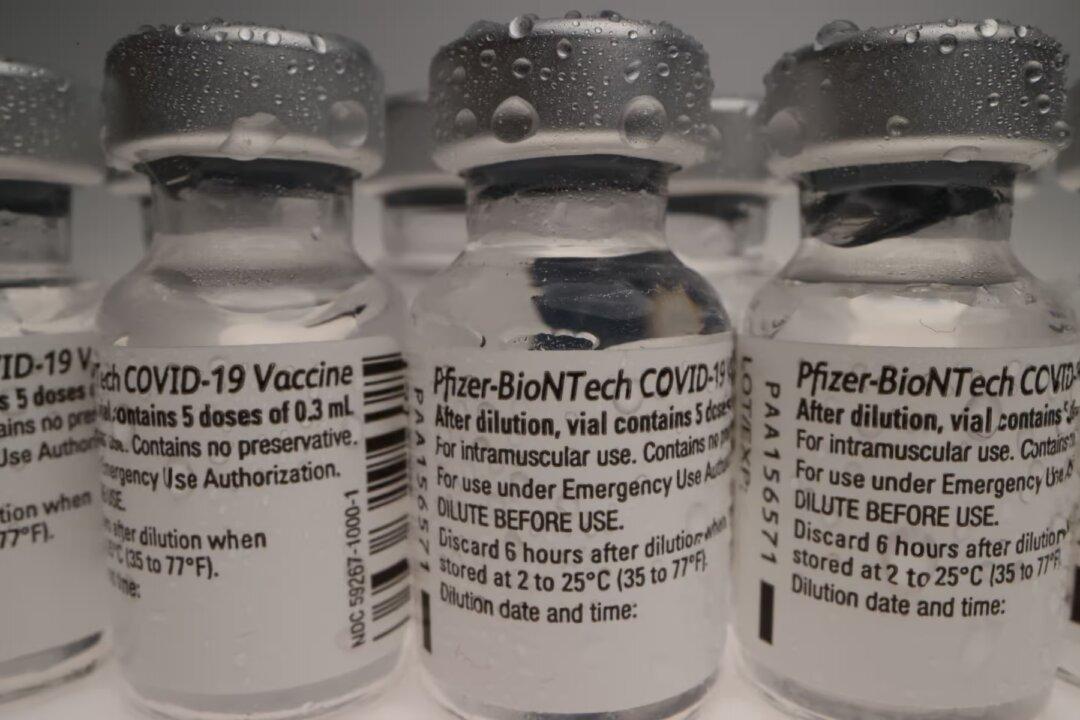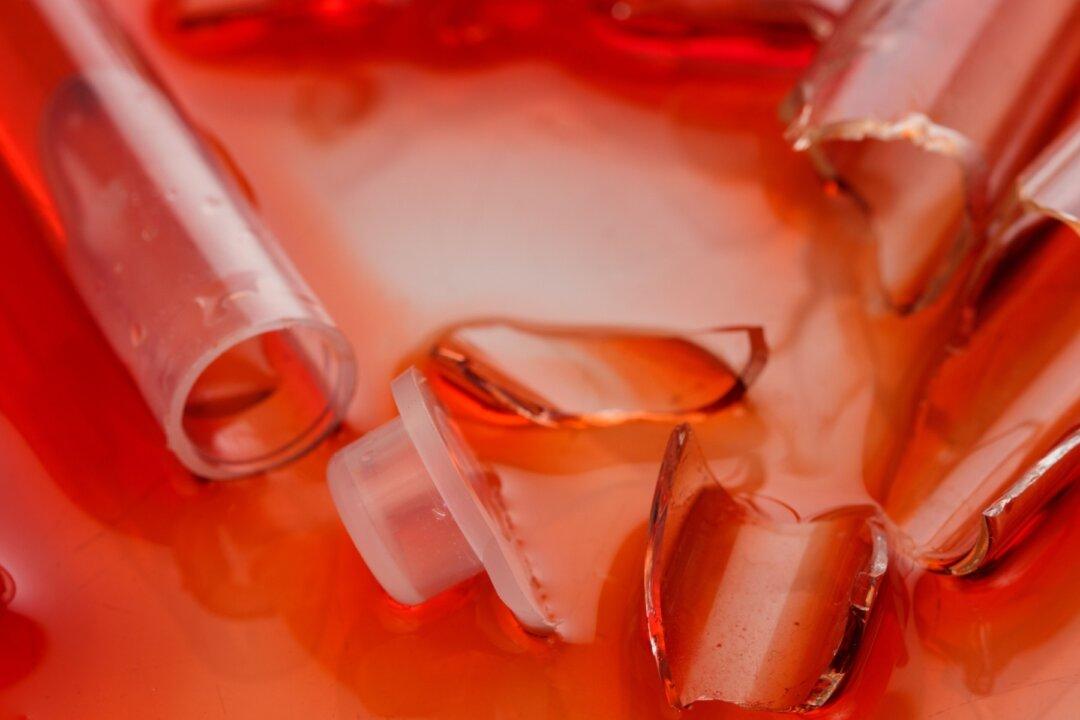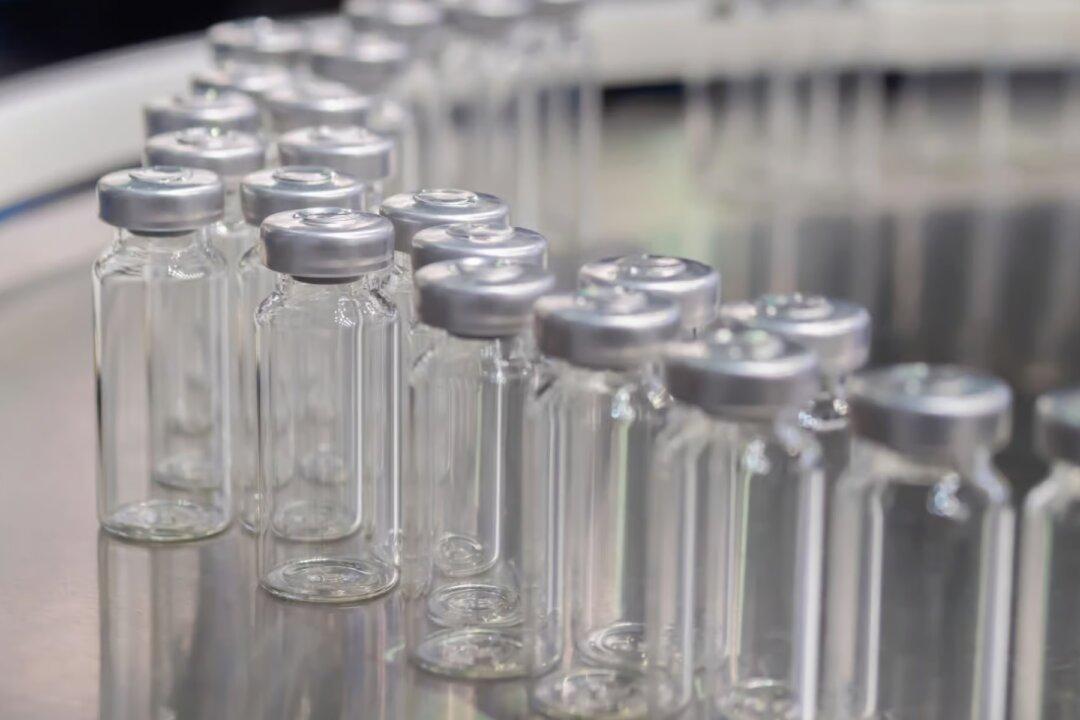Commentary
German scientists have uncovered startling evidence that a substantial portion of the batches of the Pfizer-BioNTech COVID-19 vaccine deployed in the European Union may in fact have consisted of placebos—and hence were not even subjected to quality-control testing by the German agency which was in principle responsible for approving their release.





